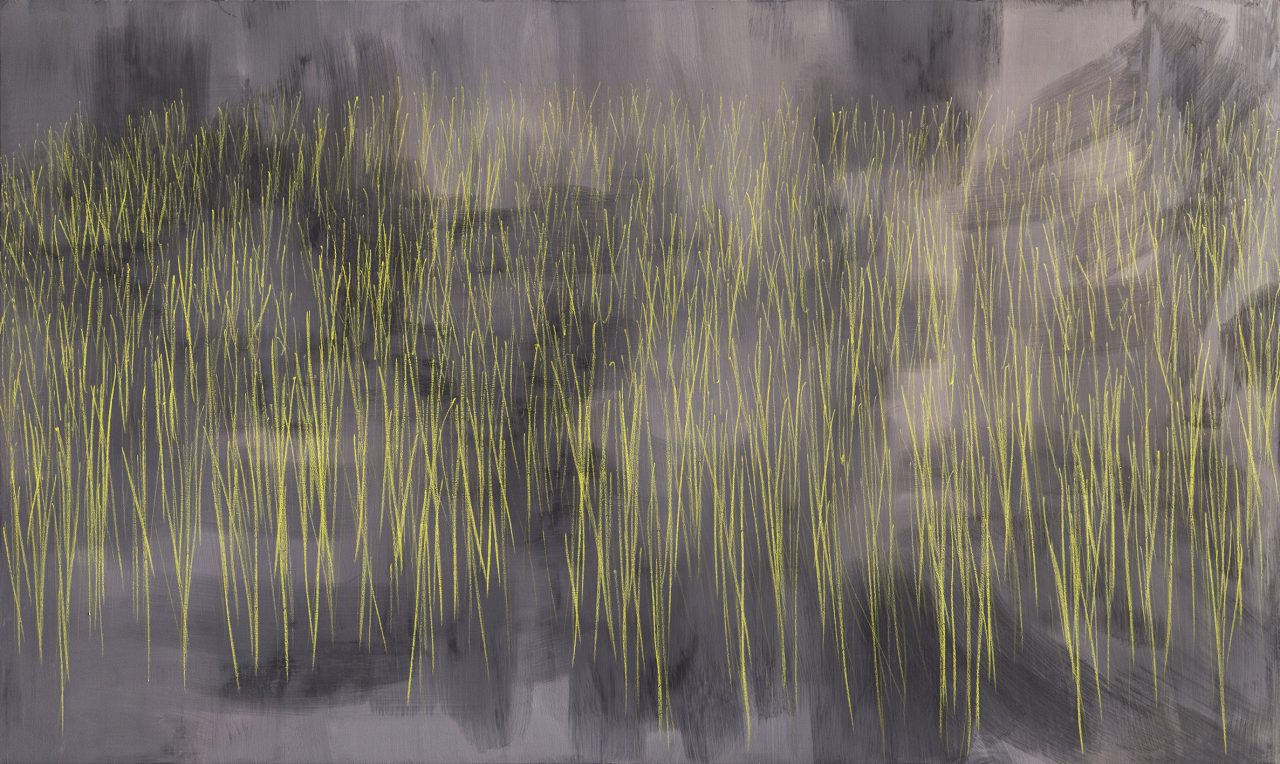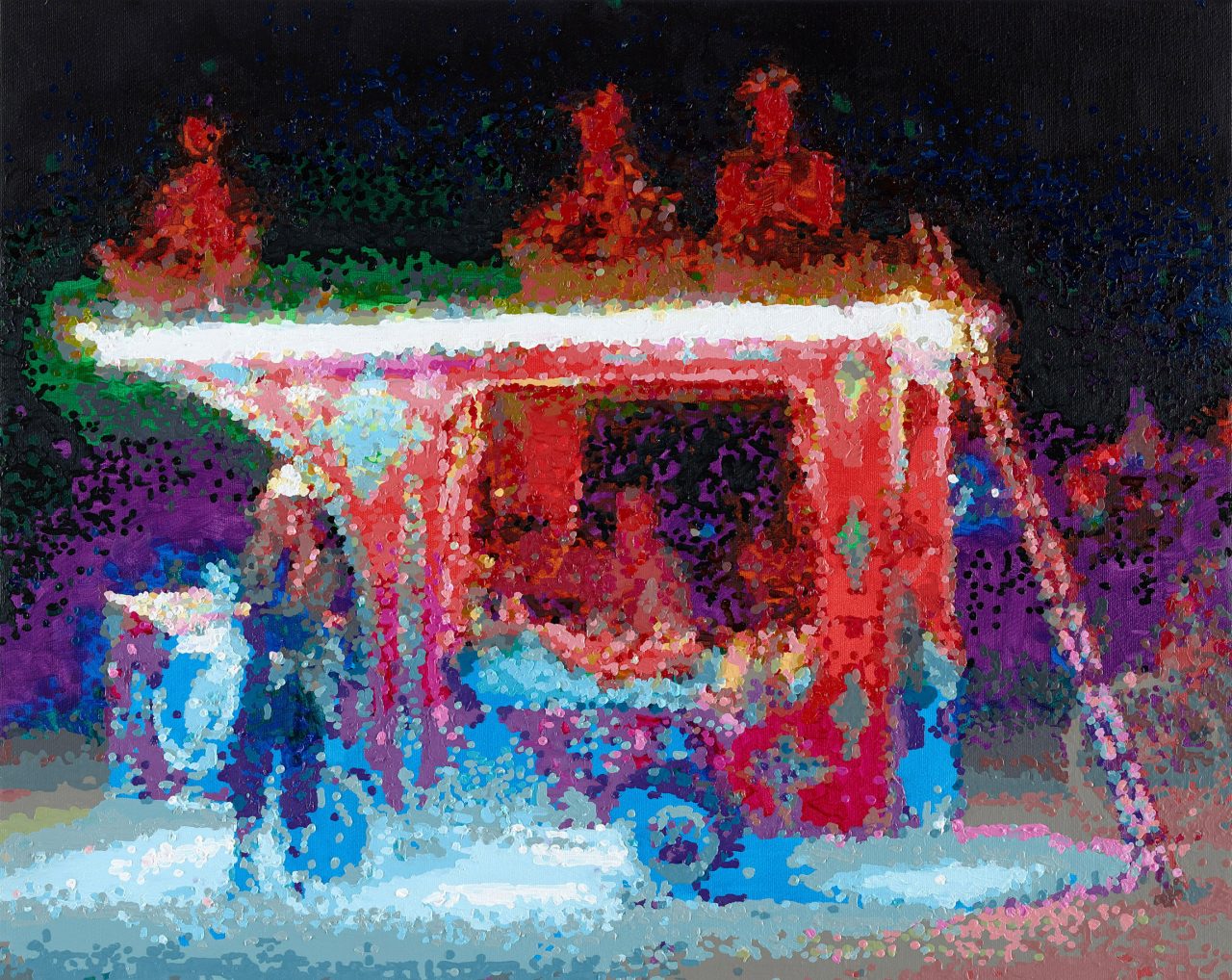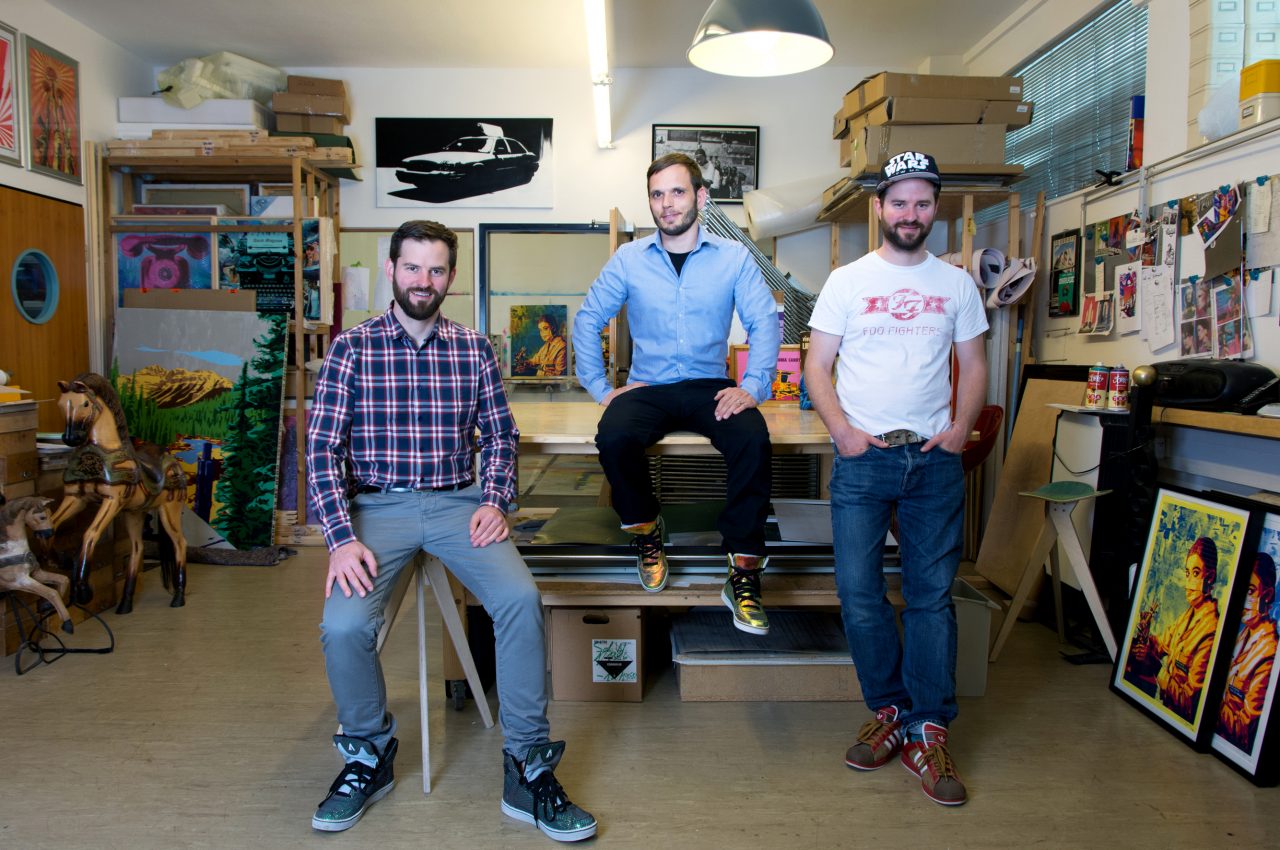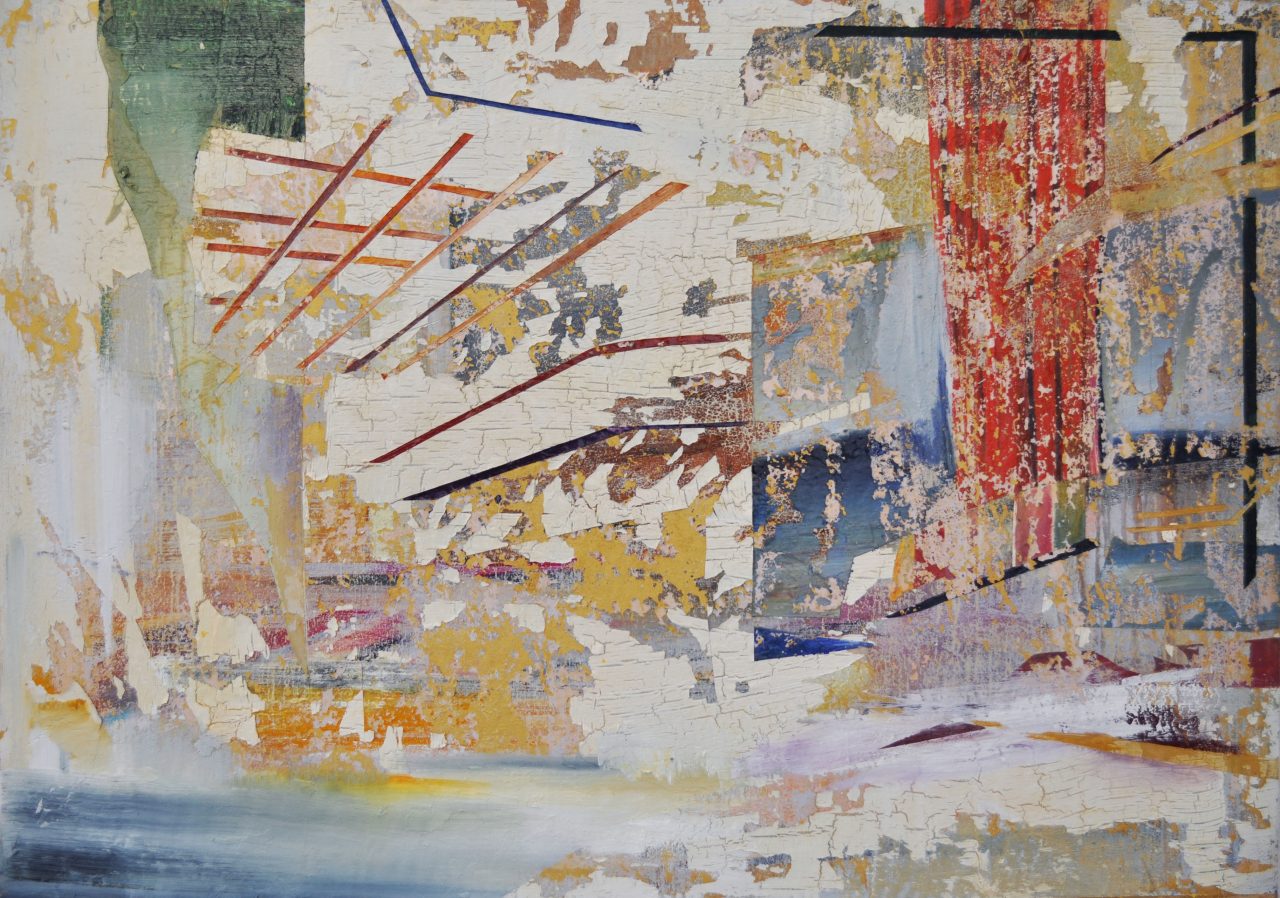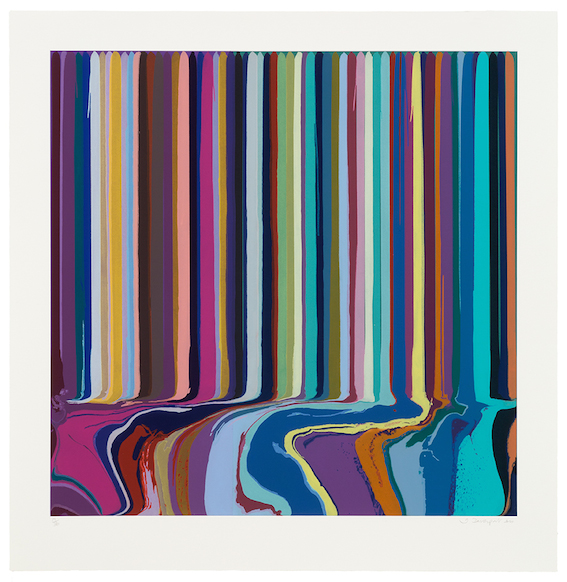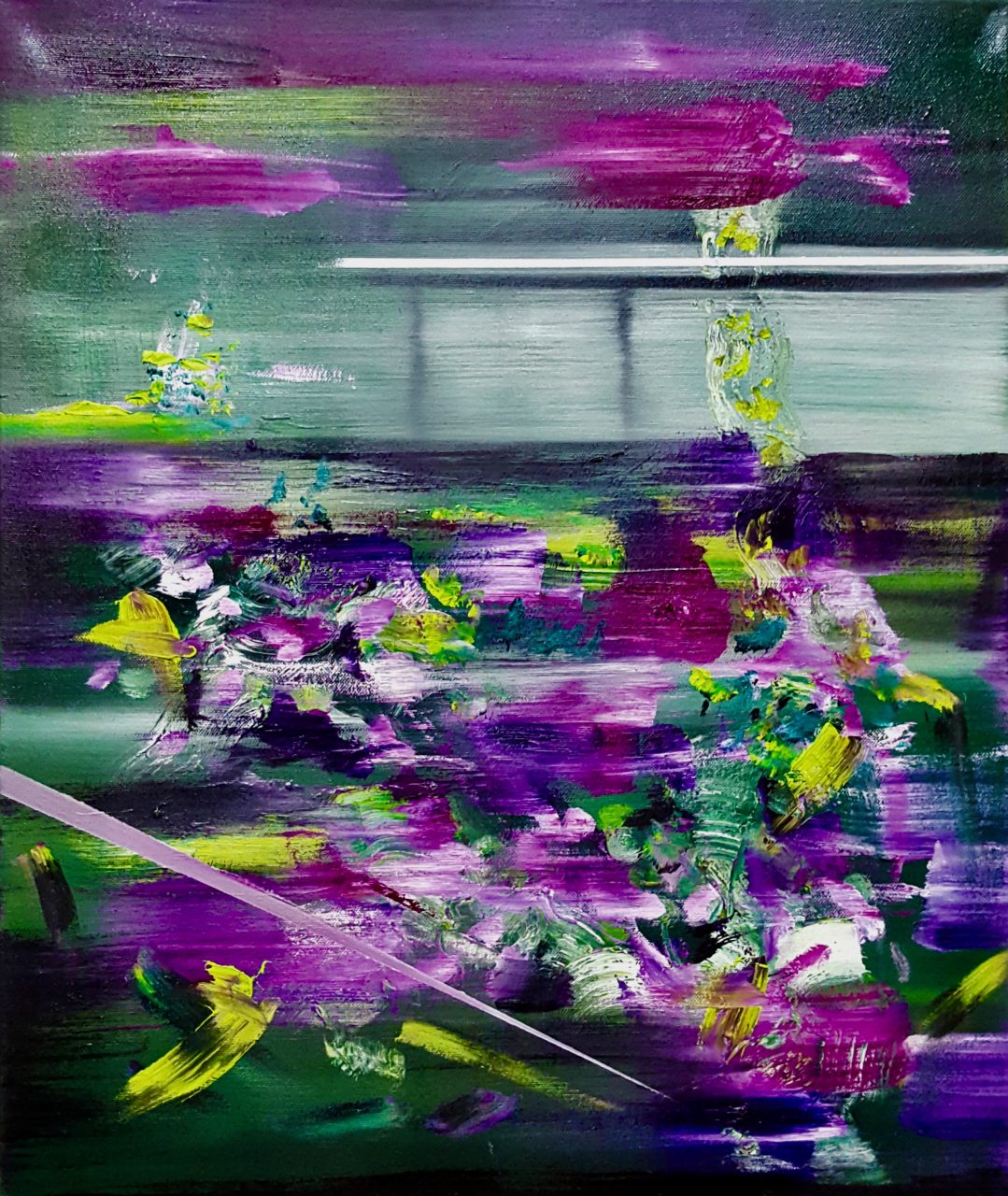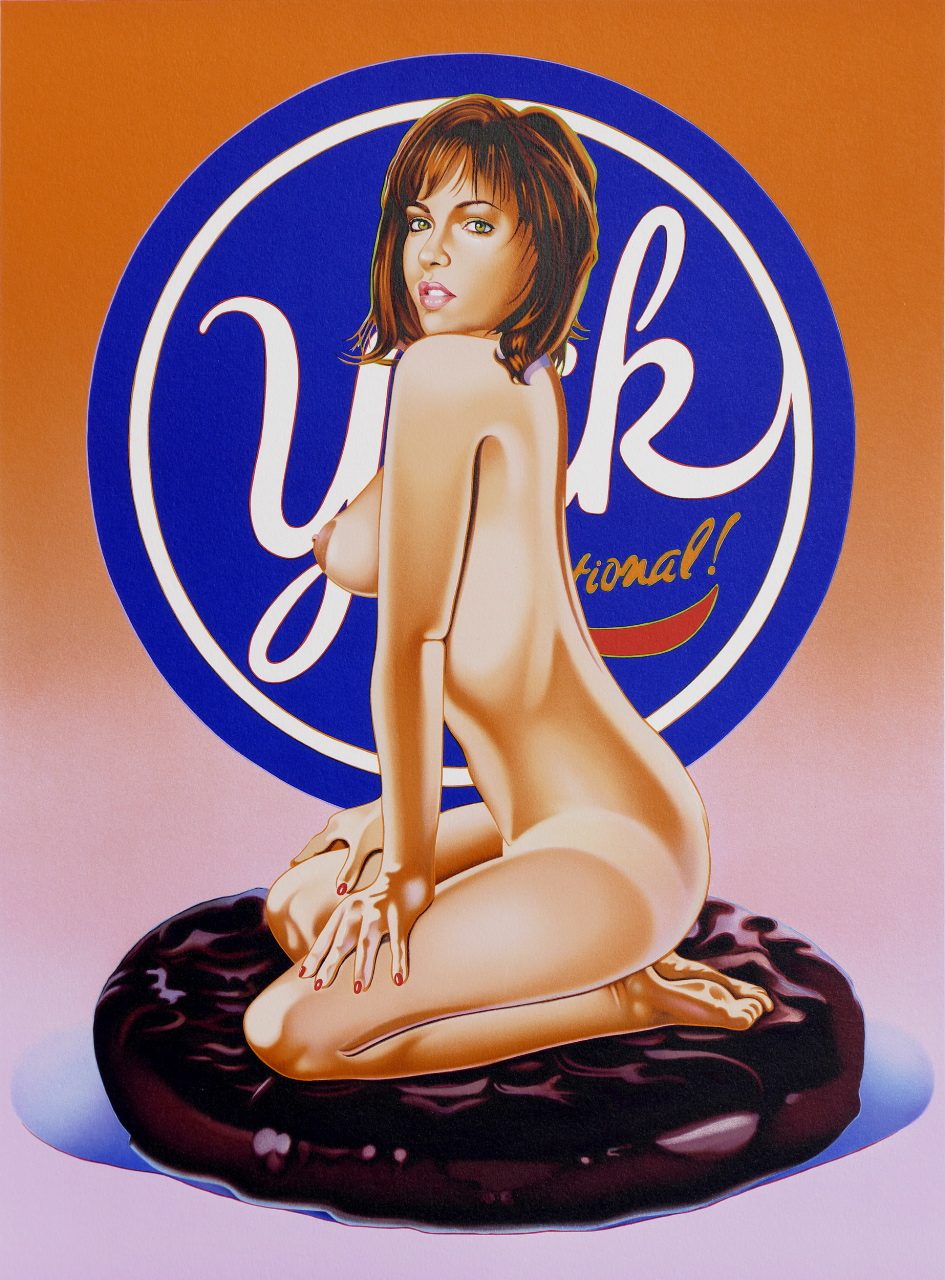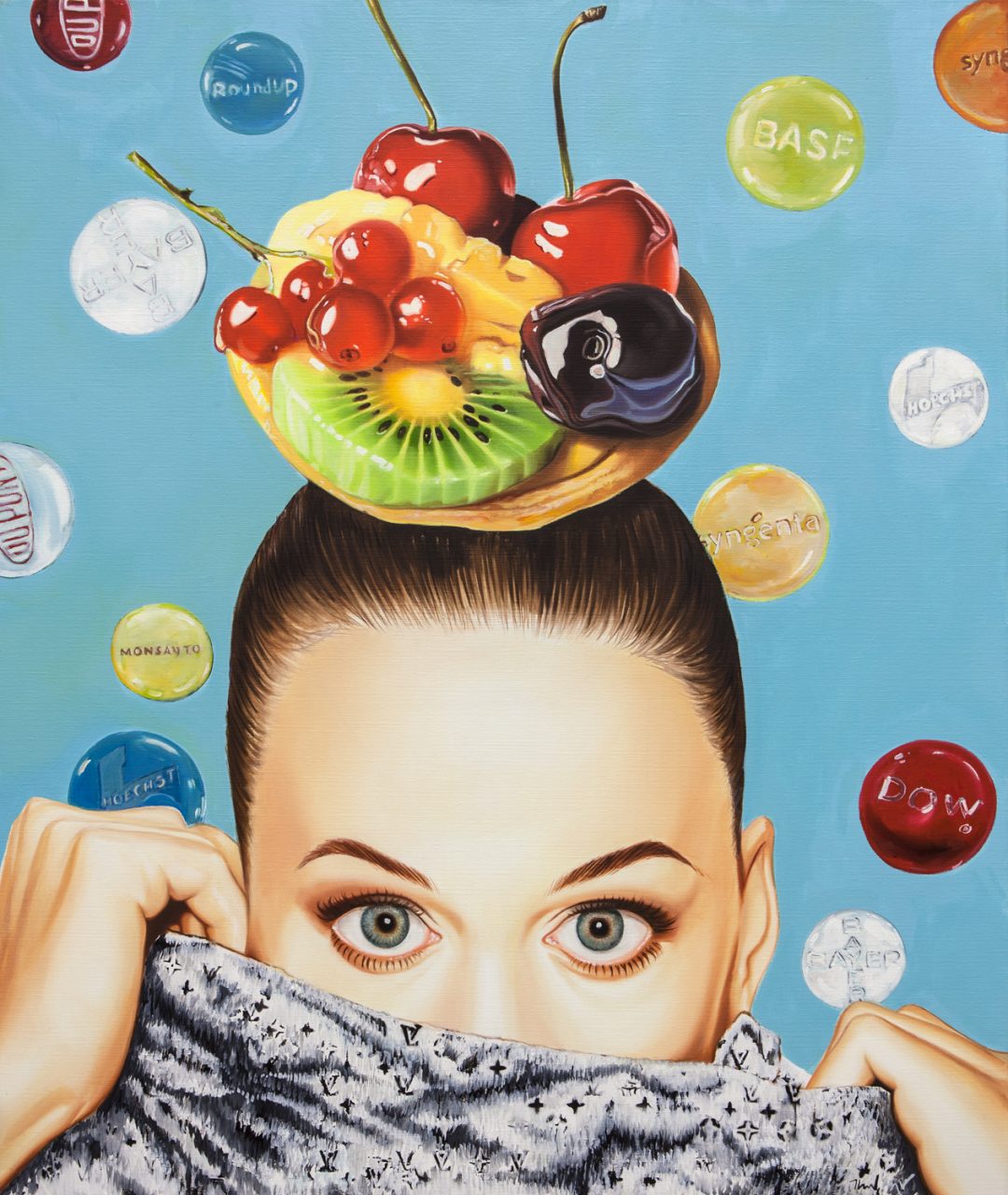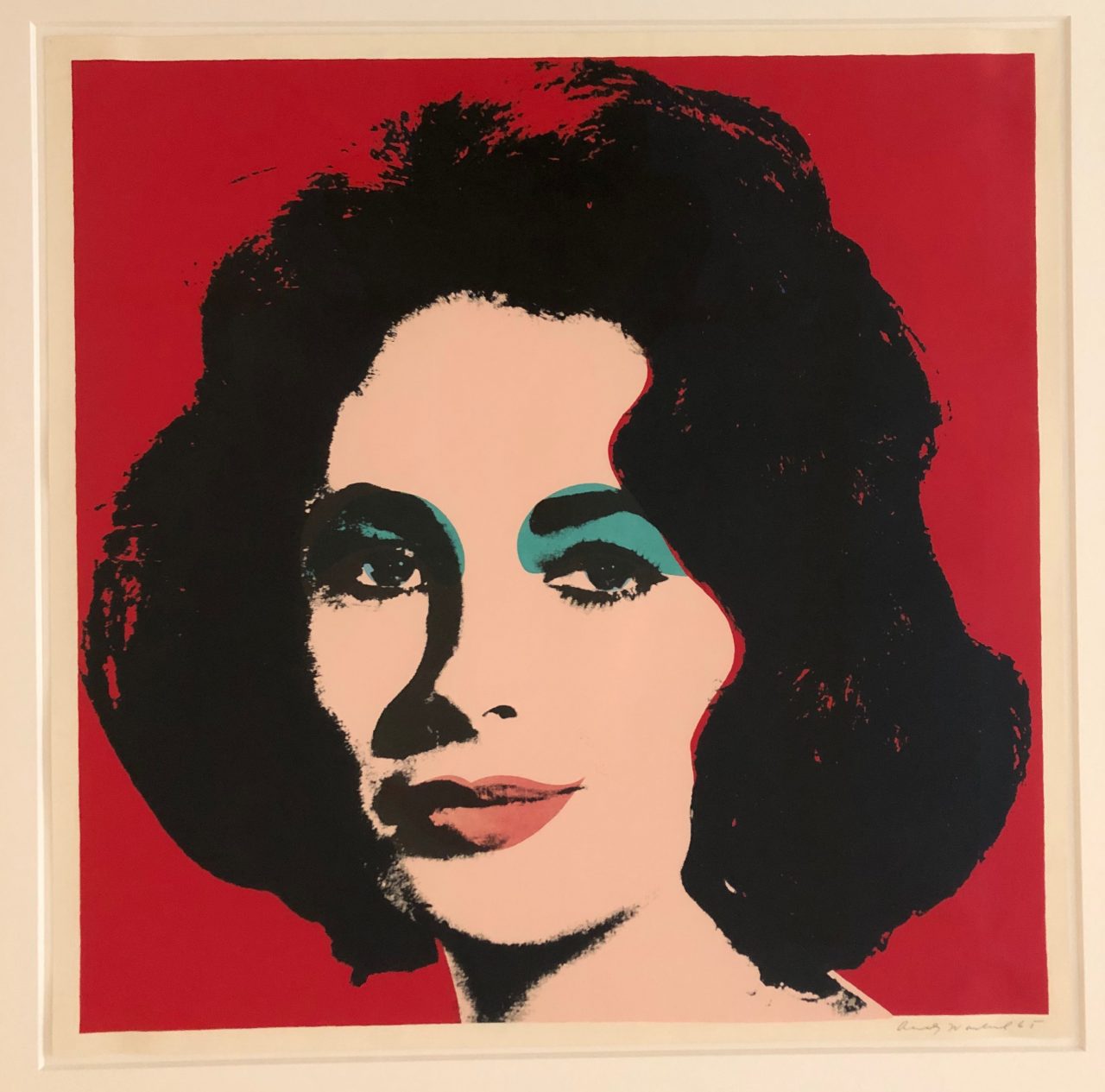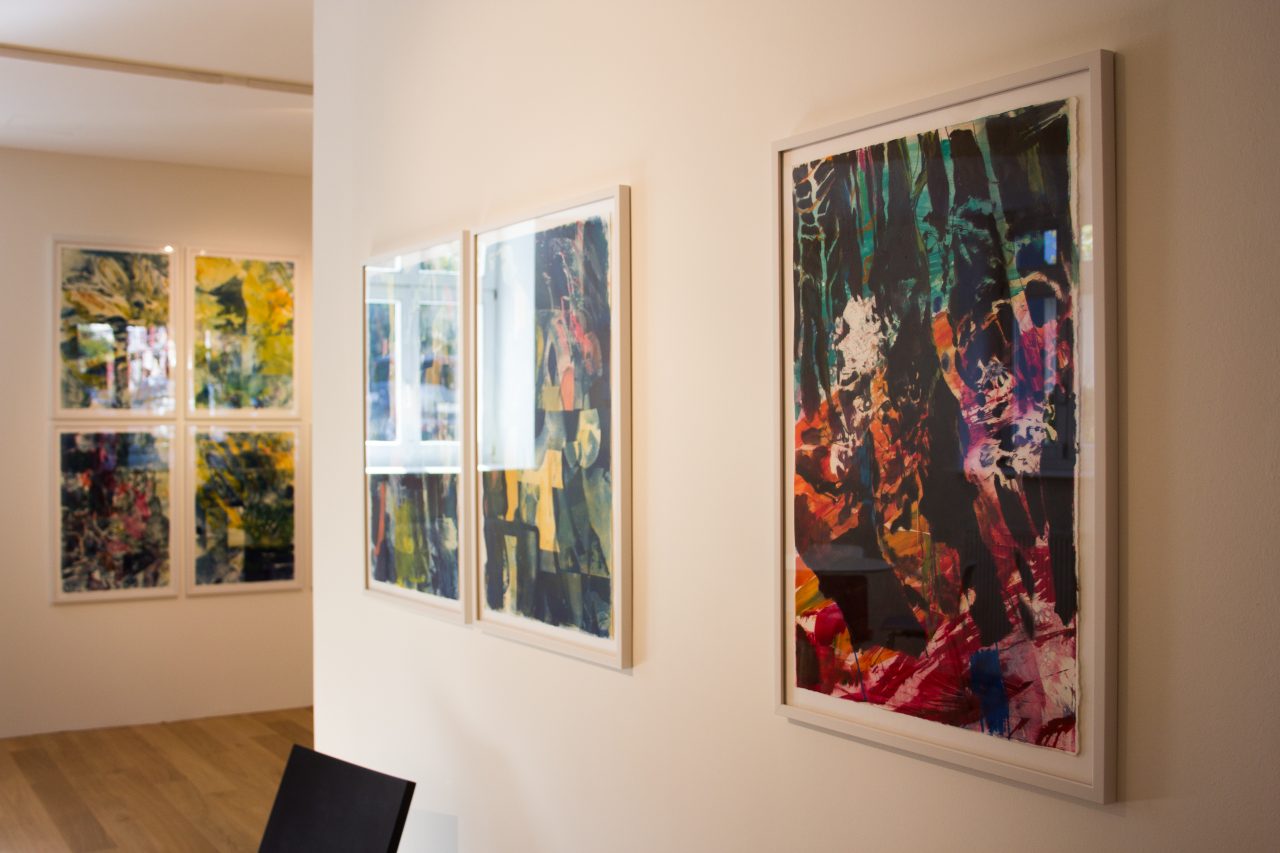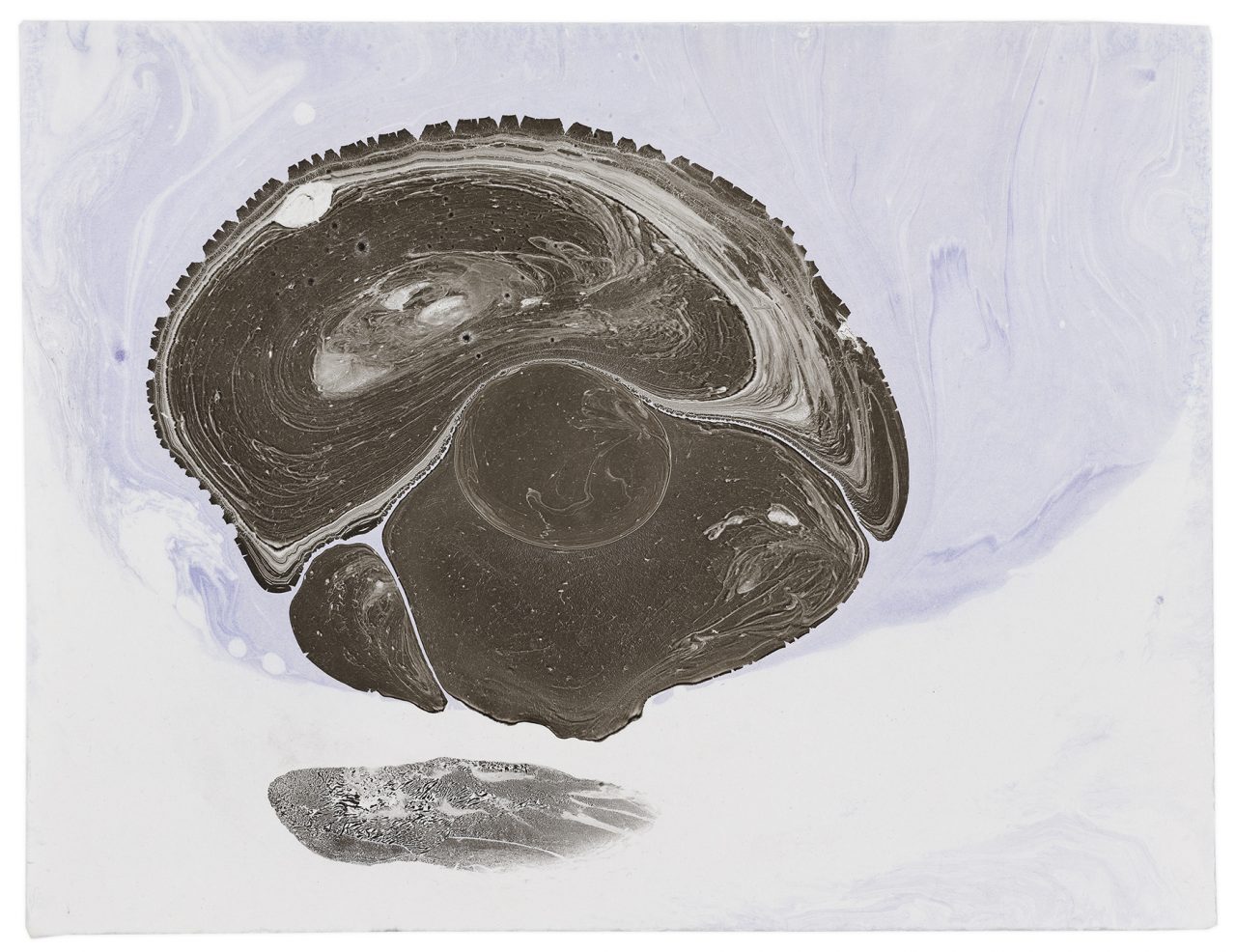Picks from the gallery program
Picks from the Gallery Program
Exhibition Review by Alexandra Steinacker Clark
How else to begin this article other than addressing that, through the situation created by COVID-19, not only our day-to-day lives but also the way in which art can be viewed, produced, acquired, and admired has been greatly impacted. Nearing the end of April 2020, the Austrian government made the decision to allow businesses up to 400 sq. m. to open to the public – meaning that Galerie HAAS & GSCHWANDTNER in Salzburg’s Neutorstraße could open its doors with a new exhibition: Picks from the Gallery Program. This exhibition is not the one that had been planned, but instead, the gallery team made the decision to allow creators to mutually support each other through showcasing various works from a multitude of artists represented in their inventory. The mixture of established artists such as Andy Warhol (1928-1987) or Mel Ramos (1935-2018) alongside younger and emerging artists such as Inga Hehn (*1984) or David Meran (*1991) provides a refreshing surge of solidarity between artists that is very much a sign of reassurance in these trying times. This also draws parallels to other collaborations happening in the art world lately, such as the Artist Support Pledge going viral on the social media platform Instagram, or the online-only Contemporary Curated Sale at Sotheby’s which made a whopping 5 million pounds total with works ranging from GBP 1,000 to GBP 1 million.ii These joint efforts are reflected in this exhibition, and are made evident as soon as one enters the gallery (alongside some hand sanitizer, masks and gloves placed on a table by the entrance stairs, showing that respect for health and safety measures remain of great importance now that small businesses have reopened!).
Before even fully entering the space, a screen print of Ian Davenport’s (*1966) Colour Splat Fizz (2019) catches the eye, displayed on the back wall of the gallery. Being enticed to venture into the exhibition by Davenport’s miniature explosions of color, one notices four further works by the artist and Turner Prize candidate on the right wall: Twilight, Morning, Evening and Midday – in that order. These works are screen prints of Davenport’s Diagonal Series (2019), in which he implemented his technique of using gravity to impact the flow of thick streams of paint to cascade from one corner of the composition to the other. Viewing the prints, I had to smile: the works are filled with direction and a comforting aspect of control, along with being named after structures within society indicating times of the day. Fitting that they be displayed during these circumstances in which the general public is unsure about nearly everything… health, work, relationships, sleep schedules, and even the days of the week. How appropriate that the works were not displayed as Morning, Midday, Evening, Twilight, which would have been the logical succession, but instead the small detail of the (dis-)arrangement of titles is an assurance that confusion of the time of day, and the disruption caused by the times we generally currently find ourselves in, is completely acceptable. Situated between the works by Davenport are Joseph Klibansky’s (*1984) Caught Up in a Dream (2019) and Mel Ramos’ Hunt for the Best (Gold) (2013), in which a nude woman is painted seductively wrapping herself around an enlarged condiment bottle in his signature Pop Art style – eye-catching indeed! This work by Ramos has a similar motif to a tryptic of his, Peek-A-Boo Marilyn #1-3, which features a nude Marilyn Monroe. This edition of lithographs was sold in the Sotheby’s Erotic online sale in London earlier this year, but in addition it’s worth mentioning that, although it is not on display currently, the gallery also possesses a striking edition of Peek-A-Boo Marilyn #2. Ramos’ works make themselves noteworthy and prominent when displayed, grabbing the viewer’s attention on any wall they hang.
Roaming through the gallery more, one finds screen prints Goethe and Kiku by Andy Warhol hung left to Davenport’s splats. Viewing these two mesmerizing pieces by such an influential artist within this exhibition is a reminder of his significance within the history of art. As the gallery so aptly expresses on its website, the works further underline his contributions to the blurring of boundaries between high and low culture through the production of his art in a plethora of various mediums (making them more accessible and distributable) and his use of commercial culture in his compositions. Displayed in the vicinity of the two Warhol screen prints are a painting by the artist duo Römer + Römer (Nina Römer *1978, Thorsten Römer *1968), Floating Shark (2018), and two hyper-realistic but simultaneously slightly psychedelic oil paintings by the German artist Heiner Meyer (*1953), Monikini II and Mickey Loves Jeff (both 2019). The two works by the former assistant of Salvador Dalì are hung on a wall partition, dividing the large space of the gallery slightly, allowing for a more comfortable exploration of the exhibition. In Mickey Loves Jeff, the pop-culture references are made apparent through his subject matter of not only a direct reference to Andy Warhol’s Brillo Box, but also of Jeff Koons' stainless steel sculpture Rabbit. The sculpture was sold at auction for USD 91.1 million in 2019, becoming the most expensive work sold by a living artist at auction. The principles which both artists embody in their work regarding consumerism and popular culture are signified through the curation of the pieces hung neighboring each other within exhibition, connecting them on an even greater level through this contextualization.
On the other side of the partition that I mentioned previously, three works are hung next to one another: Nude Climbing the Mountain No. 1 (2019), a monotype on paper by Tina Graf (*1997), Ohne Titel (Untitled) (2018), a pencil on paper drawing by Inga Hehn, and Concrete #7 (2019), a photograph exposed on concrete, by Birgit Graschopf (*1978). It is refreshing to see three strong female voices presented together in this exhibition, with each motif and style of expression stimulating and thought-provoking for the viewer. Graf uses the human body, the female, and women’s presence within society in her art, reflecting on current issues bound to these themes, but often then deliberately demonstrating the liberation of them. In this work, her visual language is more abstract with a vibrant and expressive color palette. She has previously performed what she portrays in this piece by climbing mountains in Austria and freeing her body, more specifically her upper body, of clothing – because why is it that female nipples are considered taboo? By performing and posting it on social media, then incorporating it into her work, she poignantly demystifies this sociocultural double-standard, and Nude Climbing the Mountain No. 1 is the visual exemplification of that.
Inga Hehn was supposed to have a solo exhibition opening at the beginning of April 2020 at the gallery which has understandably been postponed for now. Lucky for us, we can still enjoy the meticulous drawing of hers currently on display. Hehn experiments with different print and graphic techniques in her artistic practice, creating works that are fragmented in nature but simultaneously very aesthetically pleasing through their precision (which is very much exemplified in Ohne Titel). There are also more works of hers (and of the other artists) in a 100 sq. m. storage-display area that can be viewed by individual appointment belonging to the gallery, which offers glimpses of additional impressive works even when they not on display in the exhibition.
Birgit Graschopf’s photograph draws attention through her use of interesting material, because it is not only the monochromatic mystery of the image that is special about the work, but also the implementation of concrete in lieu of canvas or paper. The combination of the enigmatic visual language with the industrious physical nature of the material has a very positive effect: Graschopf has previously exhibited in institutions such as the Albertina in Vienna along with the Museum der Moderne in Salzburg, and also sold works at Dorotheum Auction House (to name a view national institutions – the artist has also exhibited in the USA, Sweden, Japan and Taiwan to name a few international shows). A wall of works from very impressive women to say the least!
Across from the female artistic talent are two works by Julian Khol (*1979). Dusk from the series Supernatural, a large-scale oil painting depicting a parrot in hues of lush dark blue and green, is one of Khol’s earlier works, made in 2011. Ohne Titel 31 (Untitled 31) is a later piece made in 2017, and has a completely different visual language but similar size to Dusk. This work is oil, pastel and chalk on canvas, and the motif of a flower still life is very dispersed with most of the canvas being taken up by the plain background. The preoccupation with space, and the presence of a lot of it, creates a calm and serene atmosphere in the composition. Khol has a sculpture in the exhibition as well, When We Fall in Love (2019), in which the motives of space and line presented in his paintings are brought from the two-dimensional into the three-dimensional. The sculpture is a large copper tube plated in 24-karat yellow gold, reflecting the light from different angles, showing more engagement with perspective, material and form. The artist has previously exhibited his works on canvas with his professor and renowned artist, Herbert Brandl (*1959), for example, but has also exhibited his sculptures in exceptional spaces such as Palazzo Hotel Heureka at the 58th Venice Biennale 2019. Other works placed in the same area as those by Khol are a piece nuanced with Street and Mural Art style by the artist trio 3Steps (twins Kai H. Krieger and Uwe H. Krieger along with Joachim Pitt, all *1980), and abstracted paintings by artists Deniz Alt (*1978) and Florian Fausch (*1981). Both works are multi-faceted, deeply layered and open up discussion on social issues and architectural fragments.
After circling around the gallery, one comes to appreciate the sculptural elements on either side of the entrance. On the one side, placed near the works by Meyer and Khol, is a wall sculpture by Mateusz von Motz (*1985): Purple Cobra (2018). The combination of concrete, marble dust and chameleon wrapping (typically used in the automobile industry) makes the basic shape of the dented vertical sculpture into a fun and interactive object, allowing the holographic effect to slightly change how the sculpture looks when you move from one side to the other. Von Motz often works with other materials like neon, glass, and steel, implementing techniques which he refined during his study of sculpture at the Royal College of Art in London. Strolling over to the far corner of the gallery, the gold-plated sculpture by Julian Khol I mentioned earlier is placed on a tabletop next to three sculptures by David Meran, who just finished his successful solo exhibition Stehvermögen at the gallery. Two of the works, Untitled (but solid and smooth) Yoga Mats (2019), are made out of yoga mats and cement, with the foam mats cut and formed into small, aesthetic rolls, fitting on top of their cement bases. The third work, Concrete Balance (2018), is equally as interesting with its material, made out of cement and rope, with the rope forming a half-circle connecting to the base. The materials contradict each other, with solid, hard concrete juxtaposing the softness of a yoga mat or the flexibility of rope. This creates a tension when looking at them, but a visual pleasure and liveliness remains through solid color combinations and a certain smoothness apparent in each work. The tension of soft and hard, flexible and stiff, natural and artificial, translates into more than just the medium. He explores what it means to place the material of concrete (associated with construction, pavement, noise, cities) in direct contact with a yoga matt (associated with meditation, relaxation, intimacy, solitude) and with these contradictions, plays with the conventions found within art as well as within society.
Coming to an end, and now that I have essentially talked through the entire exhibition Picks from the Gallery Program, I hope I have awakened your interest in these remarkable artists. It is truly filled to the brim with amazing creators, from icons like Andy Warhol and Ian Davenport to impressive up-and-coming artists like Birgit Graschopf, Tina Graf, Julian Khol, Mateusz von Motz, David Meran, ... I could go on and on. The concept of the exhibition by allowing big names in art to collaborate and pave the way for promising young contemporary voices is an extraordinary opportunity in which a wide range of investment possibilities can be offered to collectors and art lovers alike. I hope that this write-up of the exhibition will inspire you to go visit the gallery, and support the artists and the ambitious gallery team, when you get the chance to repossess a little bit of pleasure and normalcy through art in these weird, difficult and confusing times of COVID-19.
Alexandra Steinacker Clark, London, April 2020
The author, Alexandra Steinacker Clark (*1996), is an American-Austrian art historian currently finishing her BA in History of Art at University College London. She will continue her education at Goldsmiths University with an MA in Arts Administration and Cultural Policy. Her specializations include contemporary art, specifically technology, the digital, and artificial intelligence in artistic practice. She currently works at Sotheby’s auction house, London, has completed a course in Curating at Sotheby’s Institute, and recently concluded a year as President of the Art Business Society at University College London.

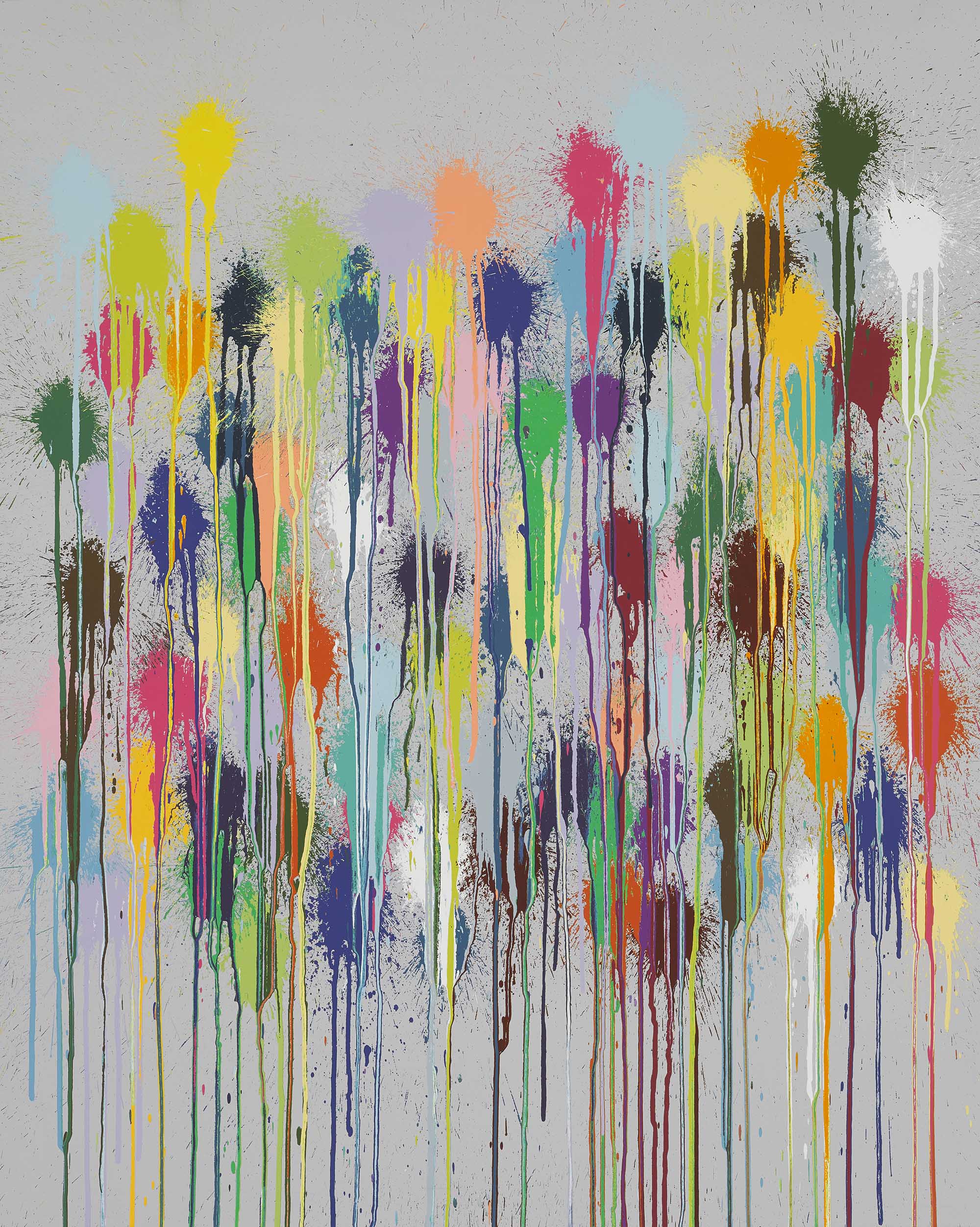
 Römer+Römer, Floating shark »
Römer+Römer, Floating shark »
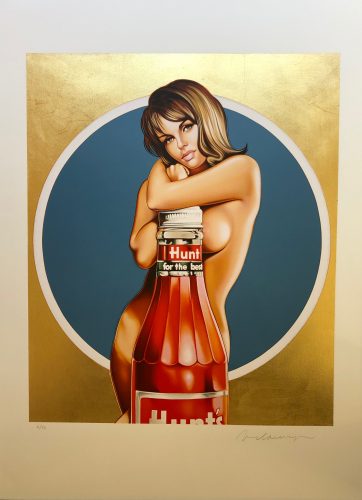 Mel Ramos: Hunt for the Best (gold) »
Mel Ramos: Hunt for the Best (gold) »
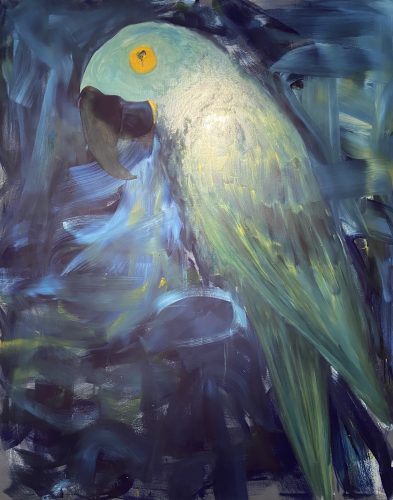 Julian Khol , Dusk Supernatural »
Julian Khol , Dusk Supernatural »
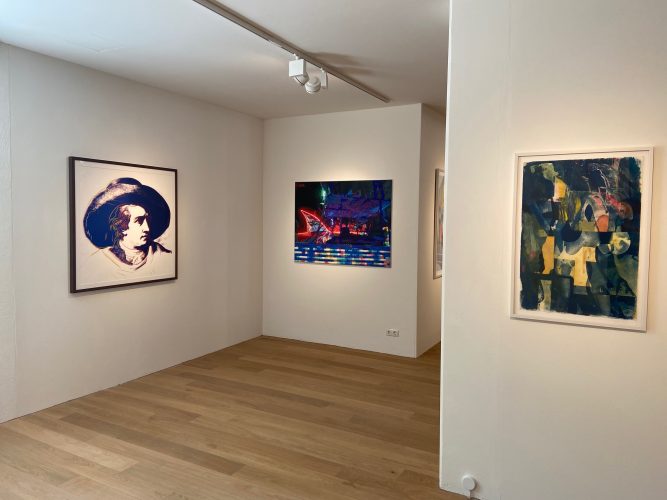 Ausstellungsansicht Picks from the Gallery 1 »
Ausstellungsansicht Picks from the Gallery 1 »
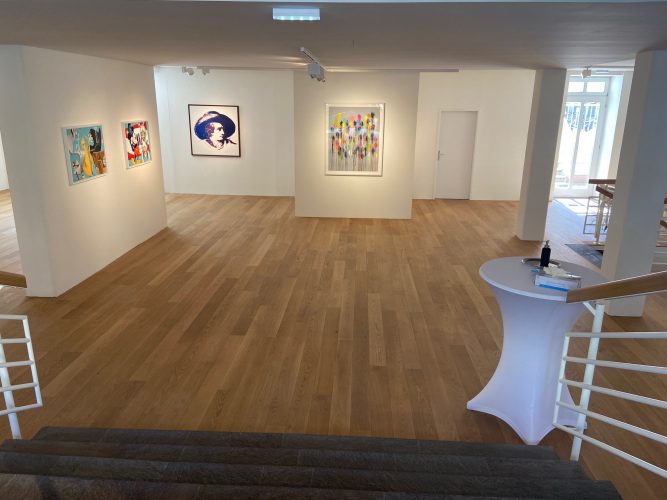 Ausstellungsansicht Picks from the Gallery 2 »
Ausstellungsansicht Picks from the Gallery 2 »
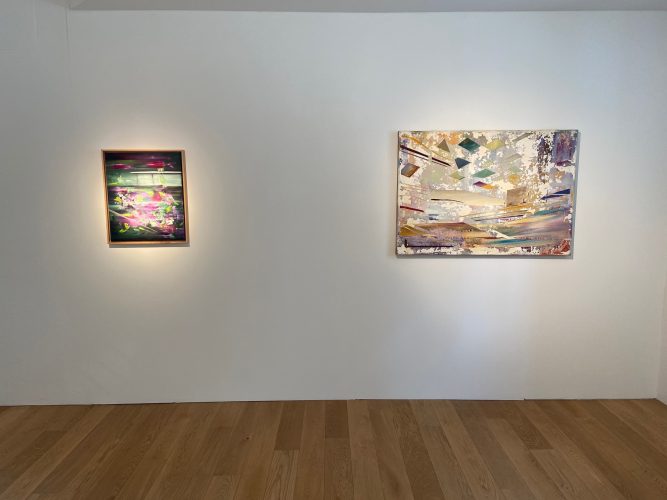 Ausstellungsansicht Picks from the Gallery 3 »
Ausstellungsansicht Picks from the Gallery 3 »
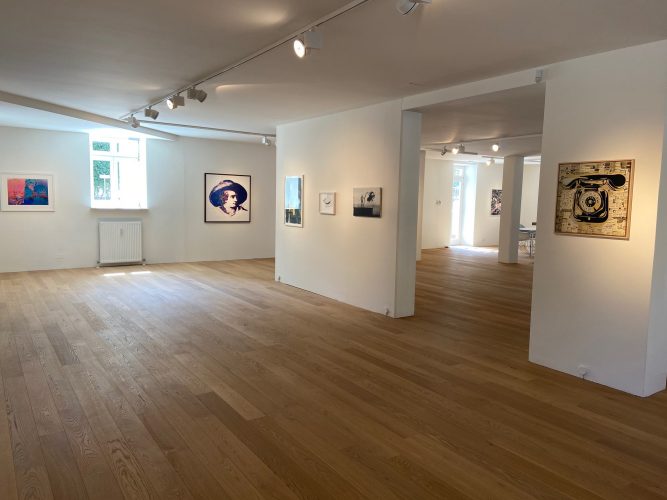 Ausstellungsansicht Picks from the Gallery 4 »
Ausstellungsansicht Picks from the Gallery 4 »
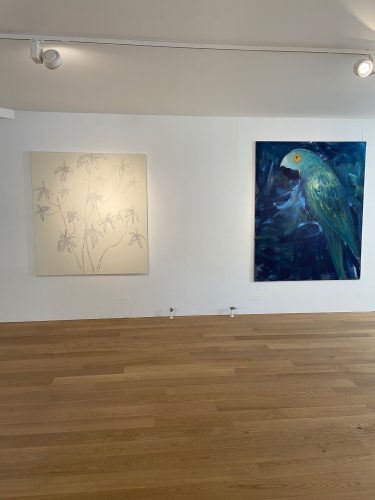 Ausstellungsansicht Picks from the Gallery 5 »
Ausstellungsansicht Picks from the Gallery 5 »
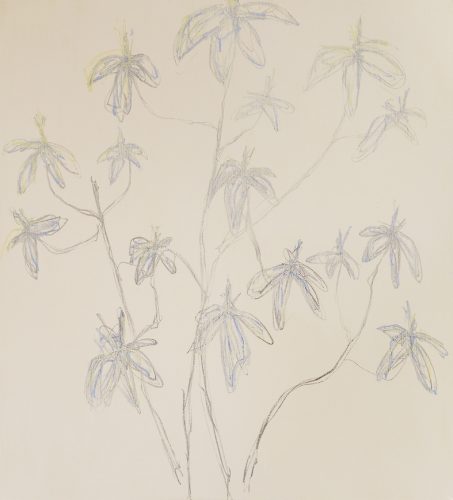 Julian Khol , ohne Titel 31 »
Julian Khol , ohne Titel 31 »
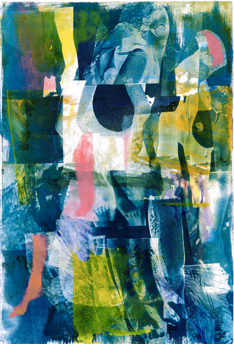 Tina Graf, Nude climbing the mountain No. 2 »
Tina Graf, Nude climbing the mountain No. 2 »
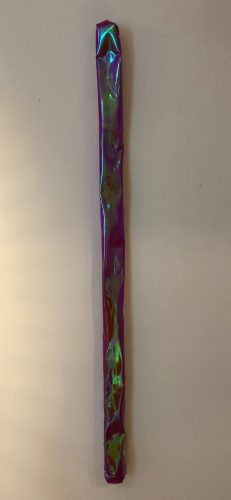 Mateusz von Motz, Purple Cobra »
Mateusz von Motz, Purple Cobra »
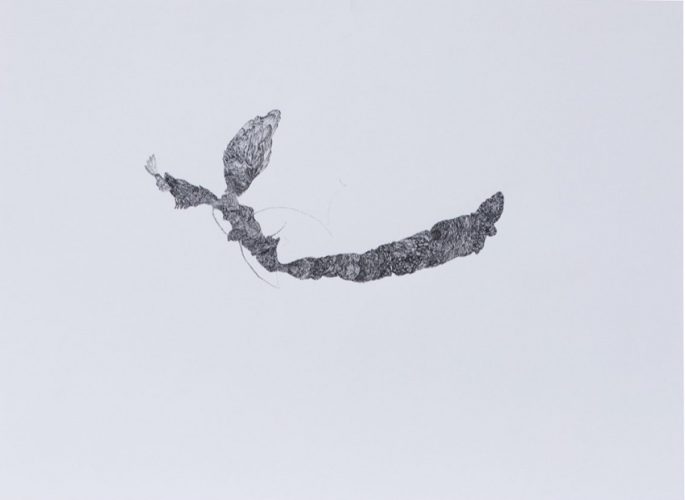 Inga Hehn, Untitled »
Inga Hehn, Untitled »
